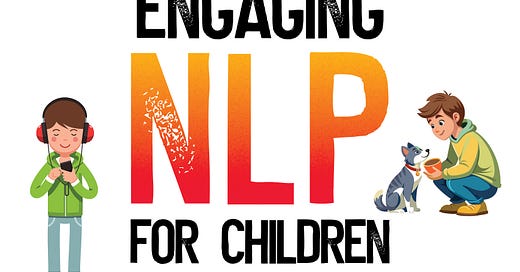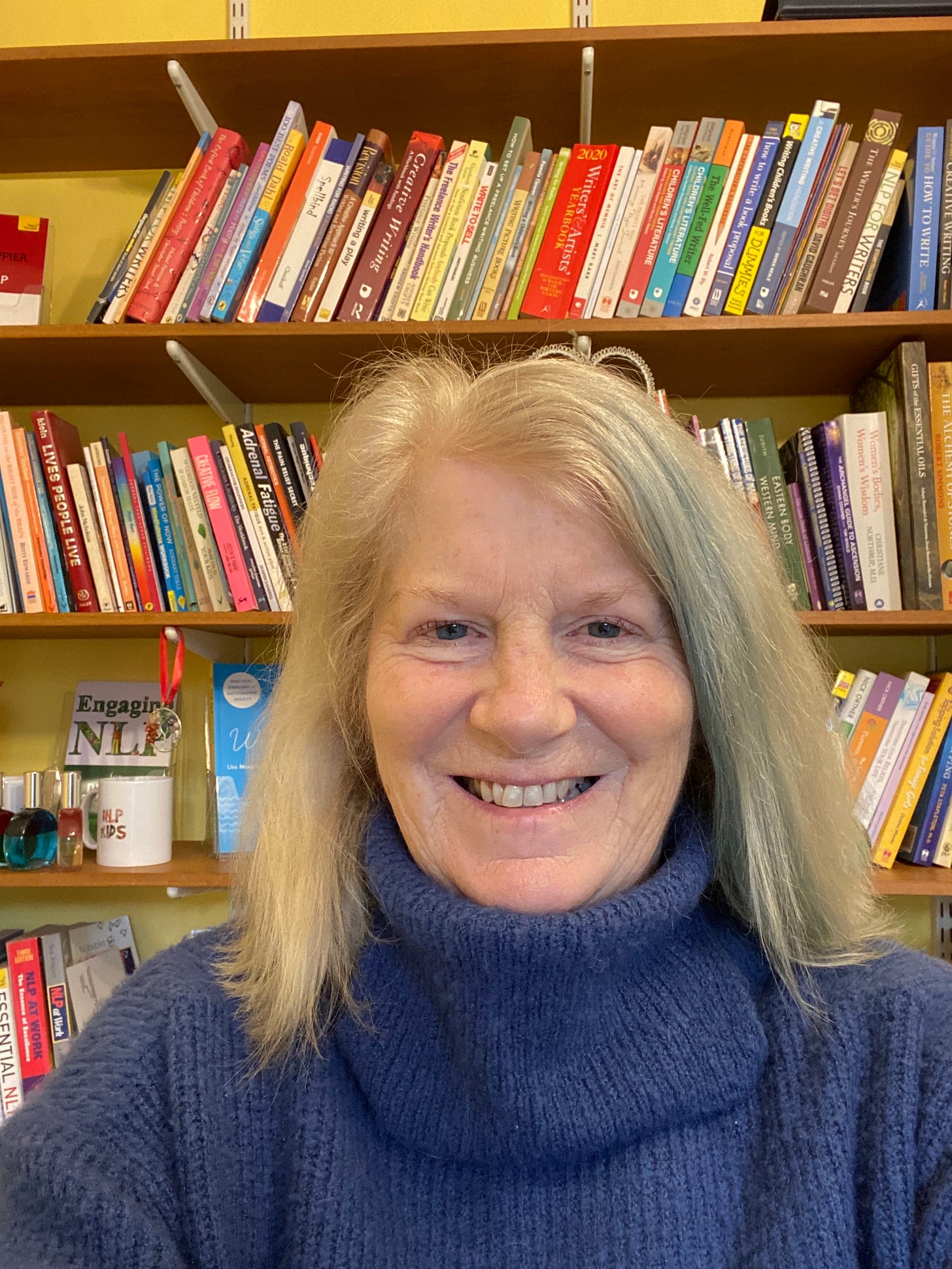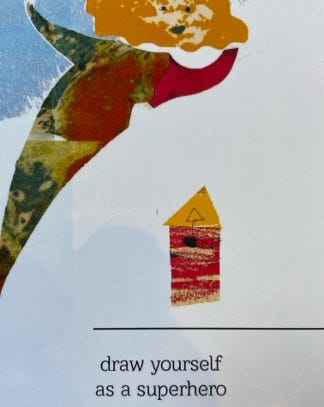Do you have children 5-10yrs of age?
Please let me know what you think of Chapter 1 of my updated Engaging NLP for Children
This is work in progress so your feedback will be so helpful as I’ll be able to make changes before publication. You can email me at judy@judybartkowiak.com if you don’t want to leave a public comment.
CHAPTER 1.
First steps in getting to know yourself
This is me!
I wrote this book just for you because you are unique. This means that there is only one of you who looks exactly like you, talks like you, thinks like you, learns like you and feels things like you feel things. Sometimes this can make us a bit sad because you may think no-one understands you.
Why is this?
It is because we all have a different family; parents, grandparents, great grandparents. Even your brother or sister who shares the same family members, carry different combinations of characteristics from your parents.
Can you think of ways you are like your mum?
Now think of ways you are like your dad?
Are you more similar to one than the other?
How are you like your brother or sister (if you have one)?
You might think differently because you were born at a different time, for example if you were born and spent your early years in a flat or apartment and your brother or sister was born later when your family had a garden.
Lots of things make us different.
Have a think about some of these things and decide whether this might make a difference.
Where you live?
Whether you have both parents living with you?
Having a garden
Having a pet
Living in a city compared to living in a small town
Being home schooled
Not having enough money
Having a brother or sister
Spending time with your grandparents
Having a disability
Being a carer for one of your parents
Having a different religion or culture
I am sure there are many other things that I have missed out so now that I’ve given you some ideas, write down for yourself anything that you think might make you who you are.
If you are sitting with your mum or dad, you might like to talk about this.
I like to write in a journal, especially if it has a cool design on the front. You might like to have one to write in as you go through this workbook.
Now when we think about how we are different, we need to think about what this means for us.
How do these differences help us?
What can we do because of them?
How do they make us strong and brave?
How do they help us when we feel a bit sad?
What a lot to think about!
I’ve got a fun exercise for you now so get out your felt pens and grab some plain paper or if you have a journal, use that.
I want you to draw yourself as a superhero, your own version of a superhero, not one of the ones you know already like Superman but think about if you were a superhero, what would you look like?
If you are listening to this as an audio book, just pause it and press play when you have done your drawing because I have some questions for you.
Mums and Dads
I’ve taken these questions from the Elitsa Velikova Art Therapy Cards which I use with my clients. This one is of course the Superhero card but there are lots of others, some of which I will be using later. Obviously you don’t need to buy them to do the exercise but many parents do enjoy using them to help children express through art, what they find hard to say in words.
Have you finished your drawing?
Here are the first questions.
1. What is the name of your superhero?
2. What are the superpowers this hero possesses?
3. What can they do with them?
4. For what or whom are these superpowers designed?
5. Does the hero have a special mission?
6. What is the special suit of the hero?
7. Think about the colours you have used. If the colour has a feeling or emotion, what feeling would it be? Are these emotions you have sometimes?
Now think about whether your superhero has a special buddy or friend and if they do, can you now draw them.
8. How does the buddy help, what is their special job? Do you sometimes need help like that?
Where does your superhero live? Can you draw their home? It can be any sort of imaginary home of course.
9. What makes their home special?
I wish I could see what you’ve drawn. I am sure it is amazing.
Now here is another question for you. You are doing so well.
10. What sort of person is this superhero, what are they like, how would you describe them, what words would you use?
11. How are they like you? You might like to circle the words you’ve just used to show which words could also describe you.
12. And how are they different? Maybe you’d like to look at these words and underline those that you would like to use to describe you.
Maybe when you have read this book and done all the exercises and quizzes you will feel that you could now circle those words as well.
This is the end of Chapter 1. So before we go on to Chapter 2 have a think about what you have learnt about yourself.
The reason I wrote this book is to help you to understand yourself. I want you to know who you are and like who you are. When we like who we are it helps us to feel confident and resilient. Confidence is about feeling brave and able to do things. Resilient is being able to feel brave even when things don’t go well.
Mums and Dads
I run NLP & EFT Kids, a family therapy unit supporting children and teens and their parents with whatever they are struggling with such as anxiety, angry feelings, low self-esteem and birth or early childhood trauma. Please get in touch if you have any questions about the content here or submit an enquiry form on my website.
I also volunteer with FAST and Wheels for All
Although this book focuses on NLP – Neuro Linguistic Programming, I also use EFT (tapping) Emotional Freedom Technique, Matrix Reimprinting, Reiki and Play and Art Therapy and Crystal Healing.
There is a list of all my books in the back of this one but if your child is around 10 years of age, you may want to purchase NLP for Tweens as it is the next book in the series. The book you are reading now is for age 5yrs-10yrs.
You can buy these and other books from my website at www.judybartkowiak.com or of course from Amazon and other bookshops. This is my author page on Amazon







Love it Judy! When I first started learning about NLP the first thing I thought was how much my kids and other kids would be able to identify with the techniques employed. Kids have very vivid imaginations which can really enable them to conjour up images, feelings etc that adults might need longer to access/create. We will be doing Circle of Excellence with our Tweens this month- can’t wait to see how they respond!